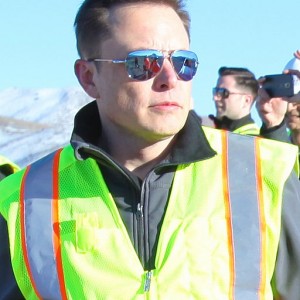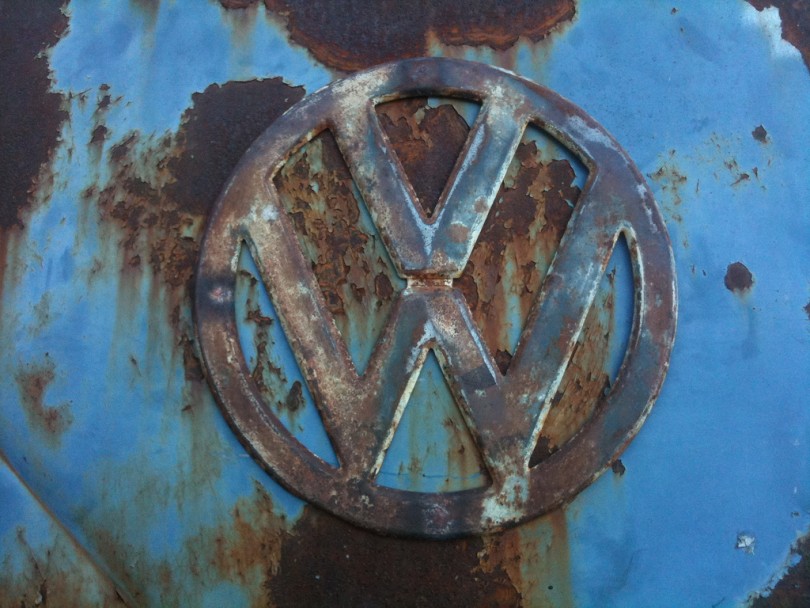aNewDomain — Last week’s news from the U.S. House of Representatives hearing with automobile manufacturer VW paints a funeral picture of an industry.
— Last week’s news from the U.S. House of Representatives hearing with automobile manufacturer VW paints a funeral picture of an industry.
Diesel, like “Clean Coal,” has been sold to the public as the environmentally friendly car fuel solution. It’s hard to maintain that image when the world’s leading car manufacturer used an algorithm to cheat emissions tests.
The party has stopped at VW, as Bloomberg Business reports:
The parade of global pop stars was part of a culture of spending at the world’s biggest carmaker. Confronted with billions in repairs and fines from an engine-rigging scandal, Chief Executive Officer Matthias Mueller vowed on Tuesday to put everything that’s not absolutely vital on hold. Addressing 20,000 workers at Volkswagen’s main Wolfsburg factory in Germany, Mueller prepared the crowd for ‘massive savings,’ in what would ‘not be a painless process.’”
Blame and fault
 The head of Volkswagen Americas, Michael Horn, testified before the House of Representatives that the emissions software was the work of individuals, not company headquarters. That’s a tough pill to swallow because Horn also stated that he had known for a year that VW software had a “possible emissions non-compliance.”
The head of Volkswagen Americas, Michael Horn, testified before the House of Representatives that the emissions software was the work of individuals, not company headquarters. That’s a tough pill to swallow because Horn also stated that he had known for a year that VW software had a “possible emissions non-compliance.”
From my experience — and those in history, if we recall the Nuremberg defense — German culture obeys orders from above. So where else did the software that cheats emissions come from?
The Environmental Protection Agency (EPA) was also thrown in the fire during the hearing. Texas Representative Michael Burgess railed EPA employee Christopher Grundler, saying,
With all due respect, just looking at the situation, I think the American people ought to ask that we fire you and hire West Virginia University (who uncovered the emissions testing flaw) to do our work.”
As a result, the EPA will retest every type of diesel passenger car in the U.S. for correct emissions.
The Guardian published exclusive findings last week that VW is not the only manufacturer to cheat the emissions system.
Mercedes-Benz, Honda, Mazda and Mitsubishi have joined the growing list of manufacturers whose diesel cars are known to emit significantly more pollution on the road than in regulatory tests … In more realistic on-road tests, some Honda models emitted six times the regulatory limit of NOx pollution while some unnamed 4×4 models had 20 times the NOx limit coming out of their exhaust pipes.”
The issue seems to be systemic.
Where Some Fail, Others Succeed
Tesla’s newest car, the Model X, was also launched at the end of September. It could not come at a better time.
 Elon Musk, the head of Tesla (and SpaceX, for those interested), said in a tweet that a more affordable “Model X with a 70 kWh battery may also be in the works, but is still at least a year out.” The tweet was quickly deleted, but the Internet never forgets.
Elon Musk, the head of Tesla (and SpaceX, for those interested), said in a tweet that a more affordable “Model X with a 70 kWh battery may also be in the works, but is still at least a year out.” The tweet was quickly deleted, but the Internet never forgets.
The diesel crisis, which as time goes on will certainly extend to multiple car manufacturers and affect the industry globally, comes as a boon to Musk and his electric ventures. The Model 3, the first truly affordable Tesla vehicle, is set to go into production in 2017 and will only cost $35,000. As electric becomes more viable, the automobile industry will change.
Elon Musk said of the Volkswagen emissions scandal that “we’ve reached the limit of what’s possible with diesel and gasoline. So the time, I think, has come to move to a new generation of technology.”
Electric vehicles are just 0.8 percent of all registered cars in the U.S. Diesel cars currently take up three percent of the automobile market, but that number may change soon. VW, through world-wide scandal, has given a massive boost to the next generation of automobile technology.
For aNewDomain, I’m David Michaelis.
Images in order: Rusty Volkswagen Logo by Francis Storr via Flickr;VW Logo courtesy Volkswagen; Elon Musk by Steve Jurvetson via Flickr.













